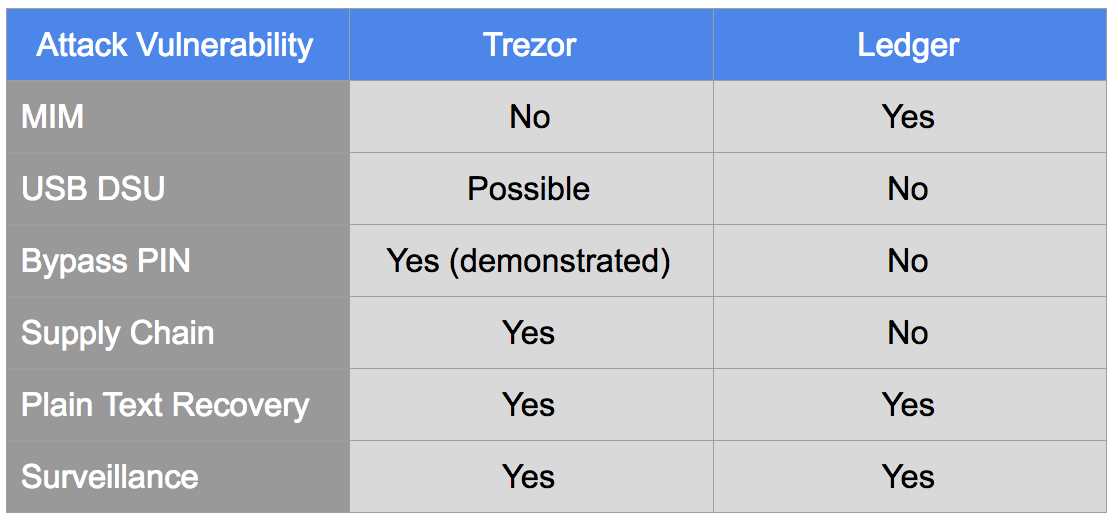The Trezor hardware wallet has gained popularity as a secure and convenient way to store cryptocurrencies. However, like any technology, it is not without its weaknesses and potential attack vectors. By understanding these vulnerabilities, users can take steps to mitigate the risks and ensure the safety of their digital assets.
One of the main weaknesses of the Trezor hardware wallet is its reliance on a computer or mobile device to process transactions. While this is convenient for everyday use, it also introduces a potential attack vector. If the computer or mobile device is compromised by malware or a keylogger, an attacker could potentially gain access to the user’s wallet and steal their cryptocurrencies.
Another weakness of the Trezor hardware wallet is its susceptibility to physical attacks. While the device is designed to be tamper-resistant, skilled attackers may be able to gain access to the internal components and extract sensitive information. This could compromise the security of the wallet and allow attackers to steal the user’s cryptocurrencies.
Furthermore, the Trezor hardware wallet relies on firmware updates to address security vulnerabilities and introduce new features. However, if the user fails to update their device regularly, they may be leaving themselves open to potential attacks. Hackers are constantly discovering new vulnerabilities, and outdated firmware could leave the user’s wallet vulnerable to exploitation.
Overall, while the Trezor hardware wallet is a secure option for storing cryptocurrencies, it is important for users to be aware of its weaknesses and potential attack vectors. By taking steps such as keeping their computer or mobile device secure, protecting the physical integrity of the wallet, and regularly updating the firmware, users can minimize the risks and ensure the safety of their digital assets.
Overview of Trezor Hardware Wallet Vulnerabilities
While the Trezor hardware wallet is known for its robust security features, it is not without its vulnerabilities. This section will provide an overview of some of the weaknesses and potential attack vectors that could compromise the security of a Trezor hardware wallet.
1. Physical Access:
- One of the primary vulnerabilities of any hardware wallet is physical access. If an attacker gains physical access to the Trezor device, they may be able to extract the private keys or tamper with the device to install malware.
- It is important to ensure that the Trezor device is stored in a secure location and is protected against theft or unauthorized access.
2. Malware attacks:
- Malware attacks pose a significant threat to the security of a Trezor hardware wallet. If a user’s computer is infected with malware, it could potentially capture the user’s private keys or modify the transactions sent to the device.
- It is essential to use up-to-date antivirus software and regularly scan the computer for malware to mitigate this risk.
3. Supply chain attacks:
- Supply chain attacks involve tampering with the hardware or firmware of a device during the manufacturing or shipping process. An attacker could insert malicious code or backdoors, compromising the security of the Trezor hardware wallet.
- To mitigate this risk, it is important to purchase Trezor devices from trusted sources and regularly check for firmware updates from the official Trezor website.
4. Side-channel attacks:
- Side-channel attacks exploit vulnerabilities in a device’s hardware to extract sensitive information. These attacks can include analyzing power consumption or electromagnetic radiation to deduce the private keys stored on a Trezor hardware wallet.
- Trezor has implemented countermeasures to mitigate side-channel attacks, but it is crucial to stay informed about any new vulnerabilities and firmware updates.
5. Seed phrase:
- The seed phrase is a crucial component of the Trezor hardware wallet’s security. If the seed phrase is stolen or compromised, it could grant an attacker access to the user’s funds.
- It is crucial to secure the seed phrase by writing it down on paper and storing it in a secure location away from prying eyes and potential threats.
While the Trezor hardware wallet is generally secure, it is important to be aware of these vulnerabilities and take necessary precautions to protect your cryptocurrency assets.
Physical Hardware Vulnerabilities
The Trezor hardware wallet, while highly secure, is not without its vulnerabilities. One area where potential weaknesses can be found is in the physical hardware itself. Although the device is designed to resist tampering, attackers can exploit various physical vulnerabilities to gain unauthorized access to a user’s funds.
1. Physical Tampering:
One possible attack vector is physical tampering. An attacker may attempt to open the hardware wallet and gain access to the internal components. Once inside, they can potentially manipulate the firmware or extract sensitive information such as the private keys. This type of attack requires physical access to the device, but it can be a significant concern if the wallet is lost or stolen.
2. Side-Channel Attacks:
Side-channel attacks involve analyzing the physical characteristics of the device to infer secret information. For example, an attacker may use power analysis to monitor the power consumption of the Trezor during cryptographic operations. By analyzing these fluctuations, an attacker can potentially extract sensitive information such as private keys. Proper countermeasures, such as hardware noise sources or voltage randomization, can mitigate these attacks.
3. Fault Injection:
Fault injection attacks involve deliberately introducing faults into the execution of the device to bypass security measures. For example, an attacker may use laser-based fault injection to disrupt the functioning of the hardware wallet during critical operations. This can lead to side effects that enable unauthorized access to the wallet’s contents. Implementing countermeasures such as redundancy checks or error correction codes can help detect and prevent these attacks.
4. Physical Cloning:
Physical cloning is another potential vulnerability. Attackers may attempt to create replicas of the hardware wallet to gain unauthorized access to the funds. This can involve reverse-engineering the hardware and firmware to reproduce a functional copy of the device. Protecting against physical cloning requires implementing strong security measures such as secure boot mechanisms and unique identifiers embedded in the hardware.
In conclusion, while the Trezor hardware wallet provides a high level of security, it is important to be aware of the potential physical hardware vulnerabilities. By understanding these weaknesses, users can take appropriate precautions to protect their funds and ensure the integrity of their devices.
Vulnerability to Physical Tampering
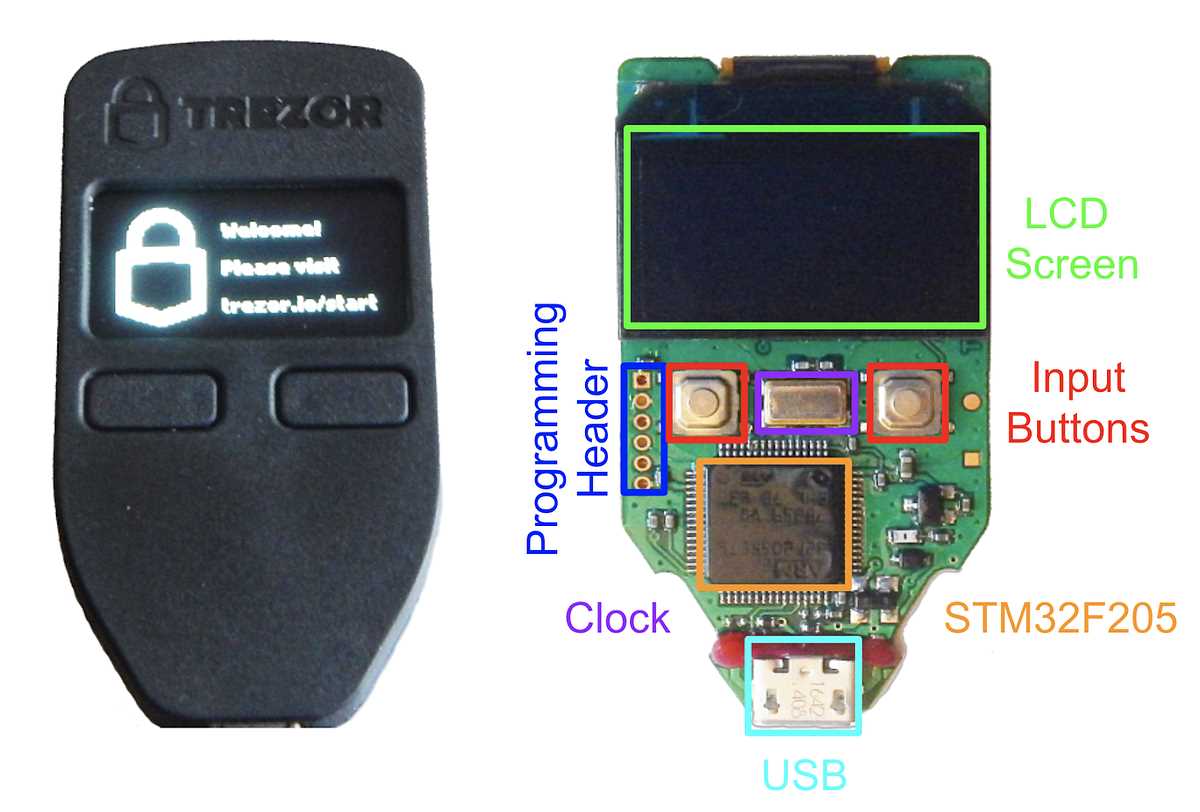
One of the potential weaknesses of the Trezor hardware wallet is its vulnerability to physical tampering. While the device provides a high level of security against remote attacks, it is important to understand that physical access to the device can pose a significant risk.
If an attacker gains physical access to the Trezor device, they can potentially manipulate or tamper with the hardware in order to compromise the security of the wallet. This can include techniques such as soldering or physically removing components, known as chip-level attacks.
Physical tampering can allow an attacker to extract sensitive information stored on the device, such as the private keys used to access the cryptocurrency funds. This information can then be used to steal the funds or perform other malicious activities.
Trezor has implemented certain measures to mitigate the risk of physical tampering, such as tamper-evident seals and protected firmware. These measures aim to detect and prevent unauthorized access to the device. However, it is important to note that no security measure is completely foolproof and determined attackers may still find ways to bypass these protections.
It is crucial for users of the Trezor wallet to take appropriate precautions to protect their devices from physical tampering. This includes storing the device in a secure location, such as a safe or vault, and being cautious of any signs of tampering or unauthorized access.
Furthermore, users should always ensure that they purchase their Trezor devices directly from reliable sources to minimize the risk of receiving tampered or counterfeit devices. Regularly updating the device’s firmware and following best practices for securing cryptocurrencies can also help mitigate the risk of physical tampering.
Overall, while the Trezor hardware wallet provides strong security against remote attacks, it is important to recognize its vulnerability to physical tampering. By understanding this weakness and taking appropriate precautions, users can enhance the overall security of their cryptocurrency funds.
Possibility of Side-Channel Attacks
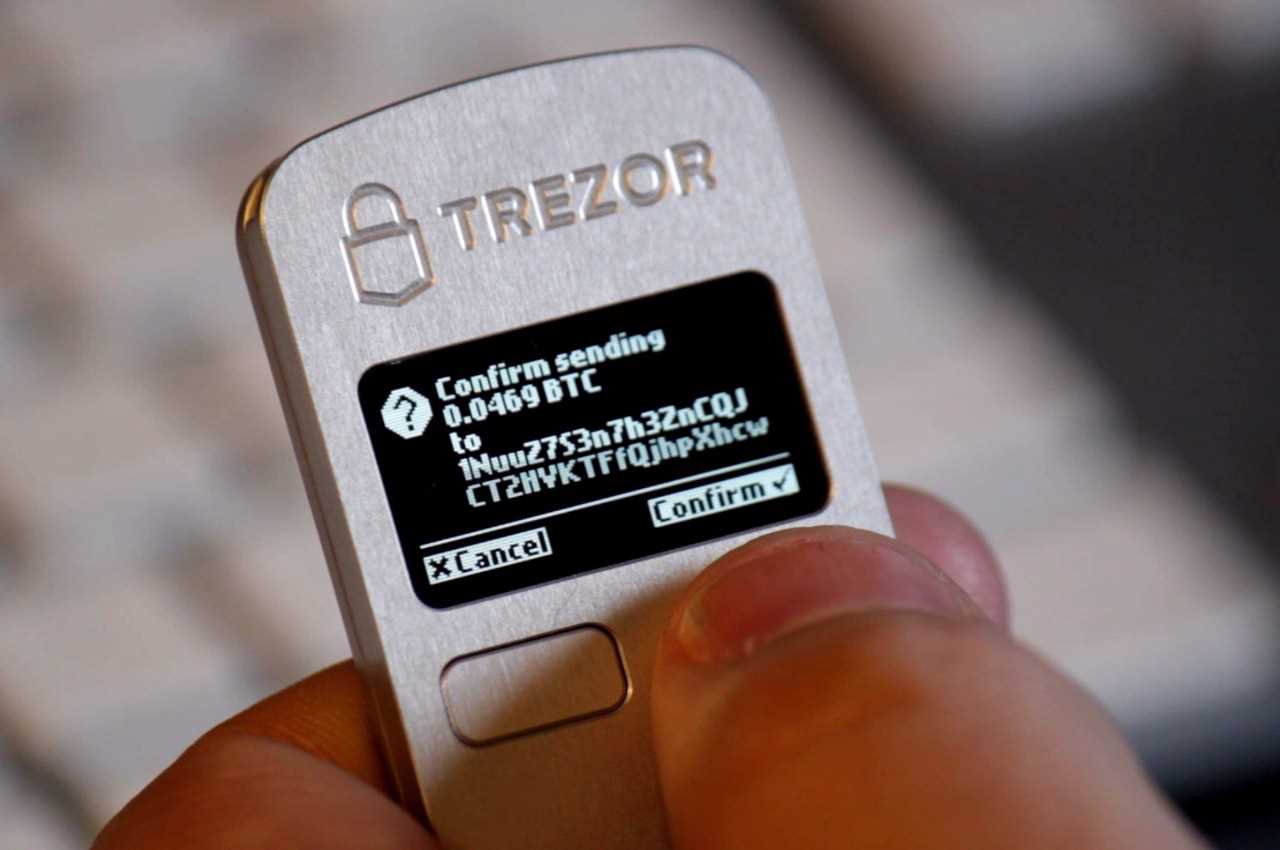
Side-channel attacks are a class of attacks that target the information leaked through physical side-channels, such as power consumption, electromagnetic radiation, and timing variations, rather than directly attacking the cryptographic algorithms. These attacks take advantage of the fact that physical implementations of cryptographic algorithms introduce unintentional information leakage.
Trezor hardware wallet, like any other electronic device, is prone to side-channel attacks. An attacker could measure the power consumption of the device during cryptographic operations and analyze the variations to infer the secret key. Furthermore, electromagnetic radiation emitted by the device can be captured and analyzed to extract sensitive information.
Side-channel attacks can also exploit timing variations to deduce information about the cryptographic operations being performed. By carefully measuring the time taken by different instructions or operations, an attacker can gain insight into the internal state of the device and potentially recover secret keys.
To mitigate the risk of side-channel attacks, Trezor implements various countermeasures, such as randomizing the execution time of cryptographic operations, encrypting sensitive data during computation, and using robust shielding to minimize electromagnetic radiation. Additionally, firmware updates are regularly released to address any identified vulnerabilities in the device’s resistance to side-channel attacks.
However, it is important for users of Trezor hardware wallet to understand the potential risks associated with side-channel attacks and take necessary precautions, such as keeping the device physically secure, using two-factor authentication, and regularly updating the firmware to ensure the latest security patches are applied.
In conclusion, while Trezor hardware wallet incorporates countermeasures to mitigate the risk of side-channel attacks, it is crucial for users to remain vigilant and follow best practices to protect their digital assets from potential vulnerabilities in the device’s resistance to such attacks.
Firmware Vulnerabilities
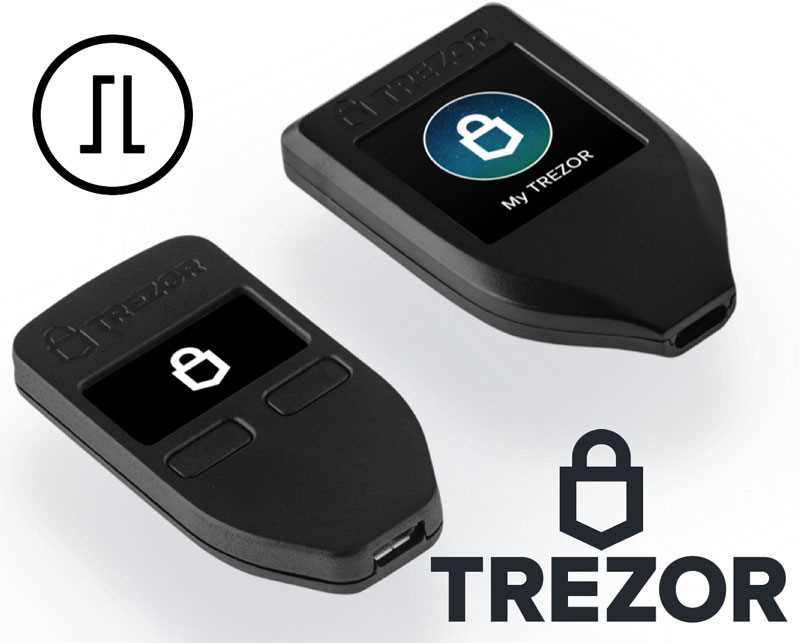
The firmware of the Trezor hardware wallet is a crucial component that plays a vital role in securing users’ cryptocurrencies. However, like any software, it is not immune to vulnerabilities. This section examines some potential firmware vulnerabilities that could be exploited by attackers.
1. Outdated Firmware: Using outdated firmware exposes users to known vulnerabilities that have been patched in later versions. It is essential to regularly update the firmware to ensure the latest security patches are applied.
2. Maliciously Modified Firmware: Attackers could potentially modify the firmware to include malicious code. This could lead to the compromise of a user’s private keys and ultimately the theft of their cryptocurrencies.
3. Firmware Update Attacks: If an attacker can intercept the firmware update process, they could inject malicious firmware onto the device. This type of attack requires physical access to the device or compromise of the firmware update mechanism.
4. Insider Attacks: Firmware vulnerabilities could also be exploited by individuals with privileged access or knowledge within the development or manufacturing process. An insider could introduce backdoors or other weaknesses deliberately.
5. Side-Channel Attacks: Side-channel attacks involve analyzing the physical characteristics of the device, such as power consumption or electromagnetic emissions, to extract sensitive information. These attacks can potentially bypass encryption and other cryptographic protections implemented in the firmware.
6. Brute-Force Attacks: Weaknesses in the firmware that allow for brute-force attacks could undermine the security of the device. If an attacker can attempt an unlimited number of passcode combinations, they can potentially gain unauthorized access to the wallet.
7. Lack of Firmware Validation: If the firmware update process does not include adequate validation checks, it may be susceptible to exploitation. Attackers could potentially trick the device into accepting a malicious firmware update.
While Trezor takes significant measures to ensure the security of their firmware, it is crucial for users to be aware of the potential vulnerabilities. Regularly updating firmware, using trusted sources for updates, and avoiding physical tampering are essential precautions to safeguard against firmware vulnerabilities.
Known Firmware Vulnerabilities
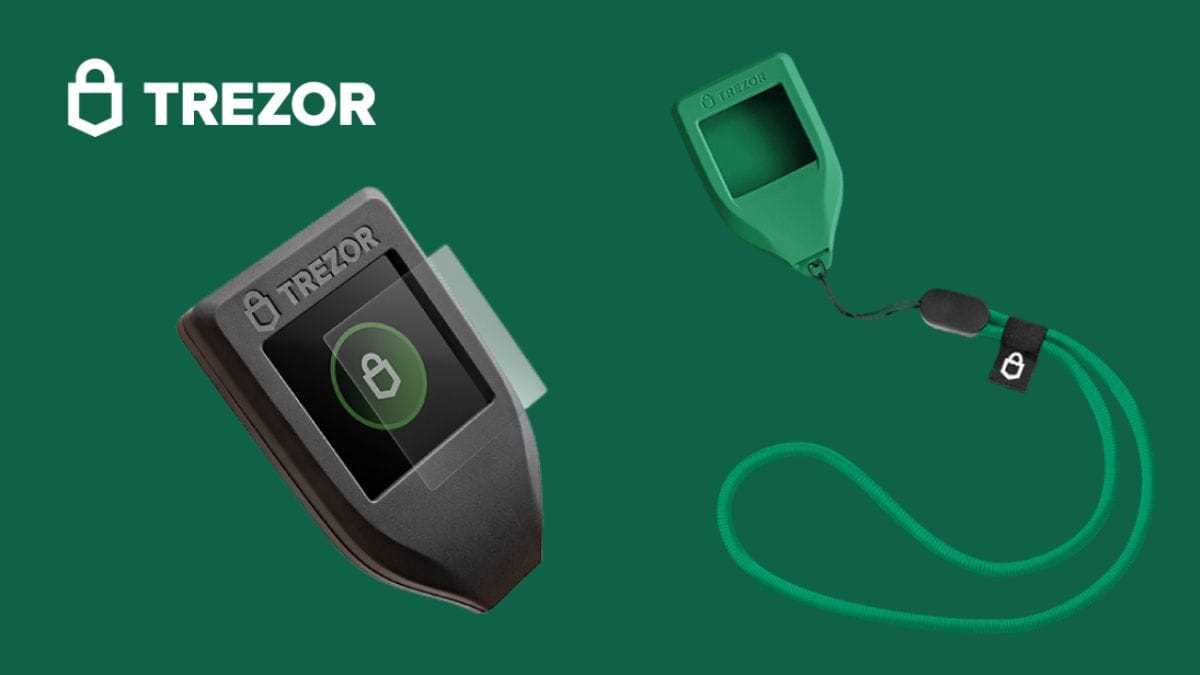
Trezor hardware wallets have been praised for their robust security features, but like any technology, they are not without their vulnerabilities. Over the years, several firmware vulnerabilities have been discovered and reported by security researchers. These vulnerabilities, if exploited, could potentially compromise the security of the user’s funds.
One of the known firmware vulnerabilities of the Trezor hardware wallet is the “Rogue Firmware” attack. In this attack, an attacker gains physical access to the device and replaces the original firmware with a malicious version. This malicious firmware can then perform unauthorized actions, such as stealing the user’s private keys or redirecting transactions to the attacker’s address.
Another firmware vulnerability is the “Bricking Attack.” This attack involves exploiting a flaw in the firmware update process to permanently disable the device. Once the device is bricked, the user will lose access to their funds and will need to purchase a new hardware wallet.
The “PIN Bypass” vulnerability is another known issue with Trezor firmware. In this attack, an attacker gains physical access to the device and bypasses the PIN code, allowing them to gain unauthorized access to the user’s funds. This attack is particularly concerning since the PIN code is intended to provide an additional layer of security.
While the Trezor team has been quick to address and release patches for these vulnerabilities, it is important for users to keep their firmware up to date to protect against potential attacks. Regularly updating the firmware ensures that any known vulnerabilities are patched, reducing the risk of compromise.
It is worth noting that despite these vulnerabilities, the Trezor hardware wallet remains one of the most secure options available for storing cryptocurrencies. The team behind Trezor continuously works to improve the security of their devices and has a strong track record of quickly addressing reported vulnerabilities.
Potential Firmware Exploits
The Trezor hardware wallet is designed to be secure, but like any software, its firmware is not infallible. There are potential firmware exploits that could be exploited by attackers to gain unauthorized access to the device and compromise the stored cryptocurrency.
One potential firmware exploit is a buffer overflow vulnerability. If the firmware does not properly validate input, an attacker could send a carefully crafted input that overflows the allocated buffer and allows them to overwrite adjacent memory locations. By carefully manipulating the memory, an attacker could execute arbitrary code and take control of the device.
Another potential firmware exploit is a privilege escalation vulnerability. If the firmware does not properly enforce access controls, an attacker with limited privileges may be able to escalate their privileges and gain access to sensitive resources or perform unauthorized actions. This could allow them to steal private keys or modify transactions without detection.
Additionally, a supply chain attack could compromise the firmware of the Trezor device. If an attacker is able to tamper with the firmware during the manufacturing or distribution process, they could introduce a backdoor or other malicious code that compromises the security of the device. This could allow them to remotely access the device or manipulate its operations without the user’s knowledge.
It’s important for Trezor and its users to be aware of these potential firmware exploits and take steps to mitigate the risks. This includes regularly updating the firmware to patch any known vulnerabilities, using strong and unique passwords for device access, and storing backups of private keys in a secure location. Additionally, users should be cautious of potential phishing attempts or suspicious behavior from their hardware wallet, as this could indicate a compromised firmware.
By staying vigilant and taking proactive security measures, users can reduce the risk of falling victim to potential firmware exploits and ensure the security of their cryptocurrency assets stored in the Trezor hardware wallet.
Software Vulnerabilities
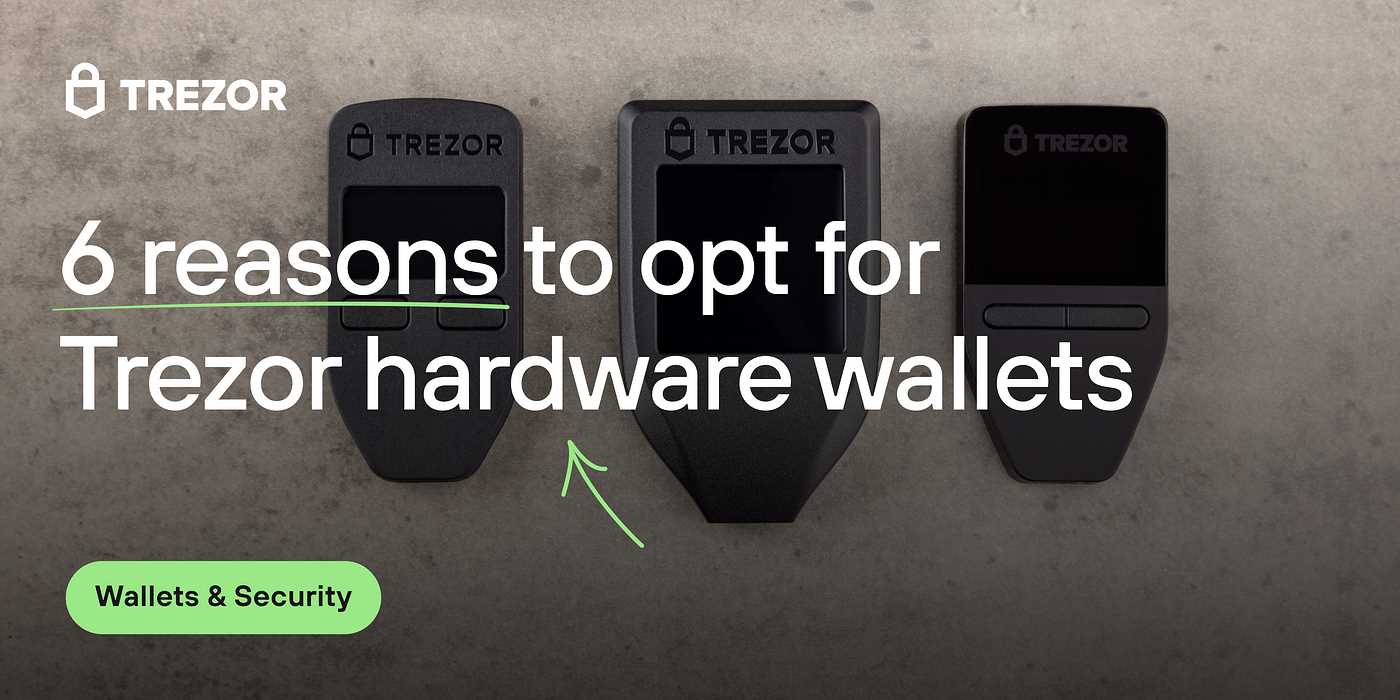
While the Trezor hardware wallet is designed to provide a high level of security for cryptocurrency storage, it is not immune to software vulnerabilities. These vulnerabilities can be exploited by hackers to gain unauthorized access to the wallet and steal users’ funds.
One of the potential software vulnerabilities of the Trezor hardware wallet is the presence of bugs or flaws in the firmware. Just like any other software, the firmware of the Trezor wallet can contain coding errors that can be exploited by attackers. These bugs can allow hackers to bypass security measures and gain control over the wallet’s functions.
Another software vulnerability is the possibility of malware or keyloggers being installed on the device that the Trezor wallet is connected to. If the computer or mobile device used to access the wallet is compromised, an attacker can intercept the communication between the wallet and the device, and obtain sensitive information such as the PIN or the seed phrase.
Additionally, the Trezor wallet relies on software applications to interact with the device. These applications are developed by third-party developers and may have their own vulnerabilities. If a malicious developer creates a fake version of the Trezor application or injects malicious code into a legitimate application, users could unknowingly expose their wallet to potential attacks.
Furthermore, software updates for the Trezor wallet can also pose a risk. If an update is not properly tested or verified, it may introduce new vulnerabilities or even compromise the functionality of the wallet. Users should always exercise caution when updating their Trezor wallets and ensure that they only download updates from trusted sources.
Vulnerabilities in the Device Management Software
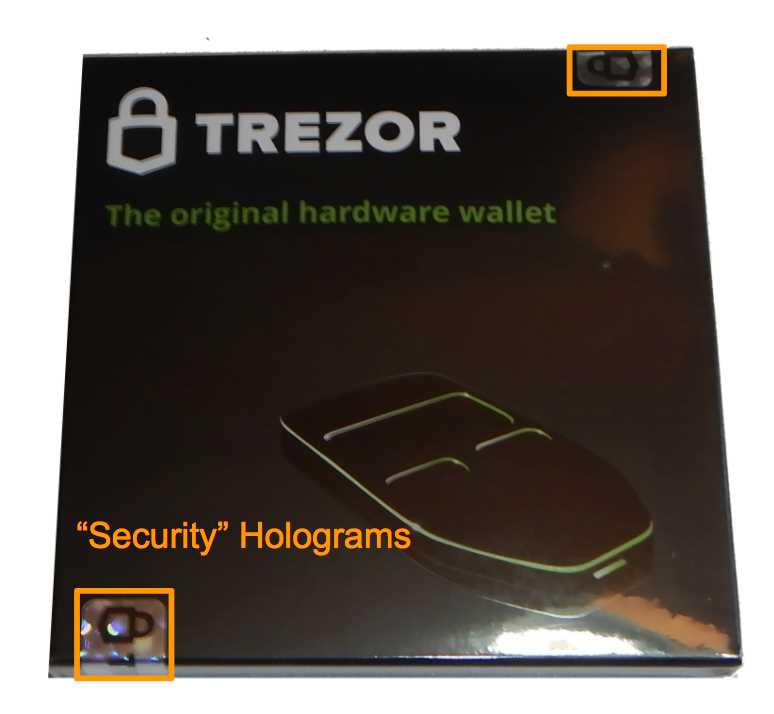
While the Trezor hardware wallet is known for its robust security features, it is not immune to attack vectors. One potential weakness lies in the device management software used by Trezor.
The device management software serves as the interface between the user and the hardware wallet, allowing them to manage their cryptocurrency holdings and perform transactions. However, this software can become a target for attackers looking to exploit vulnerabilities.
One vulnerability that has been identified in the device management software is the potential for remote code execution. If an attacker can gain control over the software, they may be able to inject malicious code into the system, compromising the security of the wallet.
Another vulnerability is related to insufficient validation of firmware updates. If the software does not properly verify the authenticity and integrity of firmware updates, an attacker could potentially trick the user into installing a malicious update that could compromise the wallet’s security.
Additionally, the device management software may also be susceptible to man-in-the-middle attacks. If an attacker can intercept the communication between the software and the hardware wallet, they may be able to tamper with the data being sent, potentially compromising the security of the user’s cryptocurrency holdings.
It is important for cryptocurrency users to be aware of these vulnerabilities and take steps to mitigate the risks. Keeping the device management software up to date with the latest security patches and firmware updates is crucial. Users should also be cautious when downloading and installing any updates, ensuring they come from trusted sources.
By being vigilant and proactive, users can help minimize the potential impact of vulnerabilities in the device management software and better protect their cryptocurrency investments.
Supply Chain Attacks
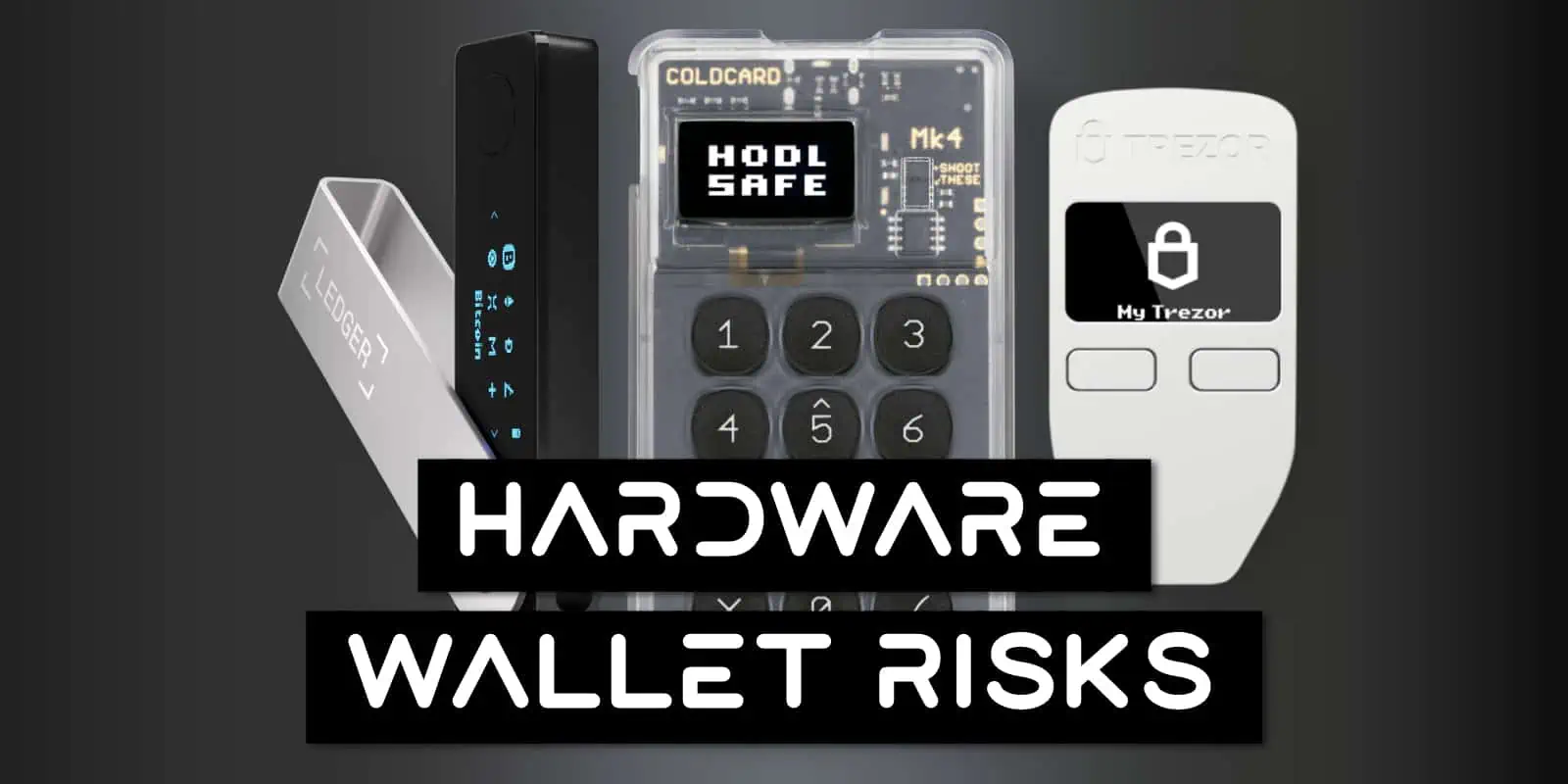
Supply chain attacks are a growing concern in the cybersecurity world. These types of attacks exploit vulnerabilities in the production and distribution processes of hardware devices, allowing malicious actors to compromise the security of the end product. In the context of hardware wallets like the Trezor, supply chain attacks can have serious implications for the protection of users’ cryptocurrency assets.
One potential attack vector is tampering with the hardware wallet during its manufacturing or distribution stages. Malicious actors may gain access to the production line and implant hardware or software components that can compromise the security of the wallet. This could include keyloggers, backdoors, or other forms of malware that can intercept sensitive information entered by the user.
Another supply chain attack vector is the compromise of the firmware or software used by the hardware wallet. If an attacker can gain control over the development or distribution of the firmware, they can introduce malicious code that can compromise the security of the device. This can include stealing private keys, manipulating transactions, or even rendering the wallet completely unusable.
Protecting against supply chain attacks requires a multi-layered approach. Manufacturers need to implement strong security protocols in their production lines to prevent unauthorized access and tampering. They should also enforce strict verification processes for firmware and software updates to ensure the integrity and authenticity of the code.
Users can also take steps to mitigate the risks associated with supply chain attacks. They should purchase hardware wallets only from trusted sources and ensure that the packaging and seals are intact. Verifying the authenticity of the firmware and regularly updating it from reputable sources can also help protect against potential attacks.
Overall, supply chain attacks pose a significant threat to the security of hardware wallets like the Trezor. Understanding these vulnerabilities and implementing robust security measures can help safeguard the integrity and confidentiality of users’ cryptocurrency assets.
Tampering during Manufacturing or Shipping
In order to ensure the security of the Trezor hardware wallet, it is crucial to consider potential threats during the manufacturing and shipping process. Tampering during these stages can introduce vulnerabilities and compromise the integrity of the device.
Manufacturing vulnerabilities can arise when malicious actors gain unauthorized access to the production line or employee negligence allows for the introduction of malicious components. For example, an attacker may add malicious firmware or hardware components to compromise the wallet’s security.
Similarly, shipping vulnerabilities can occur when the wallet is in transit from the manufacturing facility to the end user. During this time, the device could be intercepted and tampered with, either physically or electronically. For example, someone could replace the wallet with a counterfeit version that is modified to steal user’s funds.
Protecting against tampering during manufacturing and shipping is of paramount importance. To mitigate these risks, several measures can be implemented:
Secure Production Environment:
Implementing strict access controls and monitoring mechanisms in the manufacturing facility can help prevent unauthorized access and tampering. Only trusted personnel should be allowed in the production area, and their activities should be closely monitored and audited.
Tamper-Evident Packaging:
Using tamper-evident packaging can help detect any attempts to tamper with the wallet during transit. These packages are designed in a way that makes it evident if they have been opened or tampered with. Any signs of tampering should indicate that the device’s integrity may have been compromised, and it should not be used.
Anti-Counterfeiting Measures:
Implementing anti-counterfeiting measures can help prevent counterfeit versions of the wallet from reaching end users. This can include the use of unique serial numbers or holographic stickers that are difficult to replicate. Users should be educated on how to identify genuine and counterfeit devices to avoid falling prey to scams.
By being mindful of the potential for tampering during manufacturing and shipping, and implementing appropriate security measures, the risk of vulnerabilities and compromises to the Trezor hardware wallet can be significantly reduced.
Social Engineering Attacks
Social engineering attacks are a common way for hackers to gain unauthorized access to sensitive information or manipulate individuals into revealing confidential data. While the Trezor hardware wallet is designed to provide secure storage for cryptocurrencies, it is not immune to social engineering attacks.
One type of social engineering attack is phishing. In a phishing attack, a hacker poses as a trustworthy entity, such as a legitimate company or a friend, and attempts to trick the user into providing their private keys or credentials. This can be done through well-crafted emails, messages, or even phone calls. Users should always exercise caution when receiving unsolicited requests for personal information and should never share their private keys or seed phrases.
Another social engineering tactic is impersonation. In these attacks, hackers may impersonate Trezor customer support representatives or representatives from other trusted entities. They may reach out to users and ask them for their private keys or other confidential information, under the pretense of providing assistance or resolving an issue. It is important for users to verify the identity of anyone requesting their private keys or credentials and to only share this information through trusted channels.
Additionally, hackers may try to exploit users’ trust in the physical security of their devices. They may attempt to gain physical access to a Trezor wallet by posing as a technician or a repair person. Once they have access, they can quickly compromise the device and steal the stored cryptocurrencies. Users should always be cautious when allowing anyone access to their wallets and should only use trusted and verified repair services.
Education and awareness are key in preventing social engineering attacks. Users should stay informed about common social engineering techniques and be vigilant in verifying the identity of individuals or entities requesting their private keys or credentials. By staying informed and cautious, users can better protect themselves against social engineering attacks and keep their cryptocurrencies safe.
Phishing Attacks and Impersonation
Phishing attacks are a common technique used by hackers to steal sensitive information, such as login credentials and private keys, by deceiving users into providing their personal data. With the increasing popularity of hardware wallets like Trezor, phishing attacks targeting these devices have also become more prevalent.
One of the ways attackers carry out phishing attacks is by impersonating legitimate entities, such as the Trezor website or customer support. They create fake websites or send emails that mimic the official communication channels to trick users into revealing their sensitive information.
This type of attack usually starts with victims receiving an email or message that appears to be from Trezor or a trusted source. The email or message typically contains a link that directs users to a fake website that looks identical to the genuine Trezor website. The fake website may prompt users to enter their login credentials or private keys, which the attackers can then harvest to gain access to their funds.
To make the phishing attempt more convincing, attackers often use various methods to create a sense of urgency or panic. They may claim that the user’s account is compromised or that there is an urgent security update that needs to be applied. These tactics aim to pressure users into taking immediate action without thinking twice.
Users can protect themselves from phishing attacks by being vigilant and following some best practices. It is essential to always verify the authenticity of communication channels, especially when dealing with sensitive financial information. Users should ensure that they are interacting with the official Trezor website and that the website’s address starts with “https://” and displays a padlock icon, indicating a secure connection.
Additionally, it is crucial to never click on suspicious links or download files from untrusted sources. Users should always manually enter the website address or use a trusted bookmark to access the Trezor website. If an email or message seems suspicious, users should contact Trezor support directly to verify its authenticity.
In conclusion, phishing attacks and impersonation pose significant risks to the security of Trezor hardware wallet users. By being cautious, verifying the authenticity of communication channels, and following best practices, users can mitigate the chances of falling victim to these attacks and protect their funds and sensitive information.
Malicious Third-Party Applications

One potential attack vector for the Trezor hardware wallet is the use of malicious third-party applications. These applications can be designed to look legitimate, but their underlying purpose is to steal a user’s cryptocurrency funds.
When a user connects their Trezor device to their computer, they often need to use a software application to interact with the wallet. If a user unknowingly downloads and installs a malicious third-party application, it could compromise the security of their wallet.
Malicious applications can pose as legitimate wallet software or even as Trezor’s official software. They may trick users into entering their recovery seed or other sensitive information, which can then be used to gain unauthorized access to the user’s funds.
To mitigate the risk of malicious third-party applications, it is important for users to only use official and trusted wallet software. Users should only download wallet software from reputable sources, such as the official Trezor website or other trusted repositories.
Furthermore, users should always verify the authenticity of the software they are using. This can be done by checking digital signatures or verifying the software’s hash against the official release. By taking these precautions, users can significantly reduce the risk of falling victim to a malicious third-party application.
It is also crucial for users to keep their Trezor device’s firmware up to date. Trezor regularly releases firmware updates that address potential security vulnerabilities. By installing these updates, users can ensure that their device has the latest security features and protection against known exploits.
In conclusion, malicious third-party applications represent a potential attack vector for the Trezor hardware wallet. However, by following best practices such as only using official software and keeping firmware up to date, users can greatly reduce their risk of falling victim to these types of attacks.
Blockchain Network Vulnerabilities
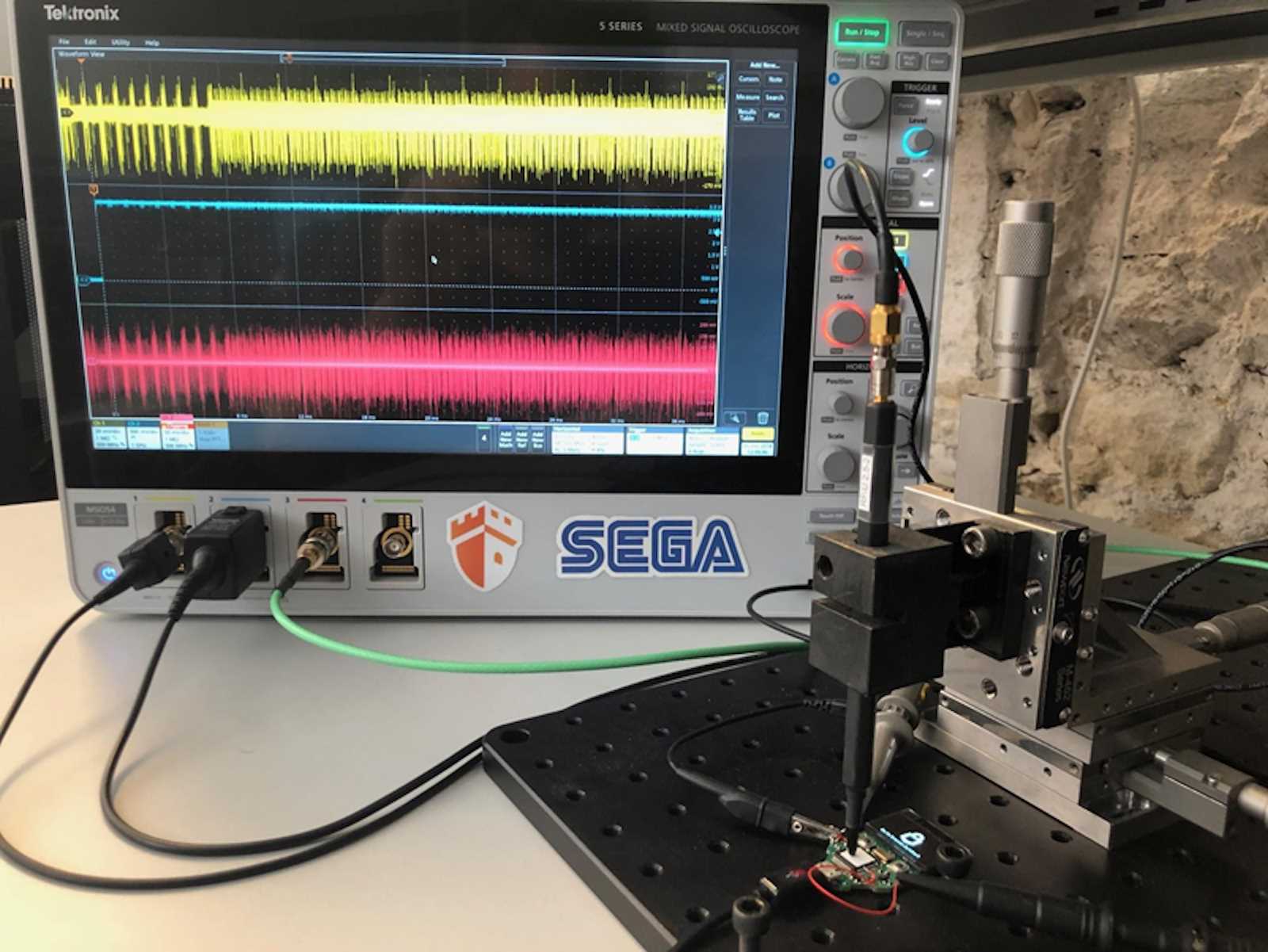
A blockchain network, although touted for its security features, is not completely immune to vulnerabilities. While the decentralized nature of blockchain provides a certain level of protection against attacks, there are still potential weak points that can be exploited by malicious actors. Understanding these vulnerabilities is crucial for ensuring the overall security of a blockchain network.
51% Attack: One of the most well-known vulnerabilities in a blockchain network is the 51% attack. In this type of attack, a single entity or a group of entities gain control of more than 50% of the network’s computing power. With this majority control, they can manipulate transactions, reverse previous transactions, and even prevent new transactions from being confirmed. This type of attack is especially dangerous for smaller blockchain networks with a limited number of participants.
Double Spending: Double spending is another vulnerability that can affect blockchain networks. This occurs when a user spends the same cryptocurrency multiple times. The decentralized nature of blockchain aims to prevent double spending, but there are scenarios where it can still be exploited, such as in a 51% attack or if a fraudulent user gains control of a significant portion of the network’s computing power.
Smart Contract Vulnerabilities: Smart contracts, which are self-executing contracts with the terms of the agreement directly written into code, can also be vulnerable to attacks. If there are bugs or vulnerabilities in the code of a smart contract, it can be exploited by hackers to gain unauthorized access, steal funds, or manipulate the contract’s execution. This highlights the importance of thoroughly auditing and testing smart contract code before deploying them on a blockchain network.
Sybil Attacks: Sybil attacks involve creating multiple identities or nodes in a blockchain network to gain control or influence over the network’s voting or consensus mechanisms. By controlling a significant number of identities, a malicious actor can manipulate the decision-making process and potentially disrupt the network’s operations. Protecting against sybil attacks requires robust identity verification mechanisms and consensus algorithms that are resistant to manipulation.
Network Fragmentation: Blockchain networks can also face vulnerabilities due to network fragmentation. If a blockchain network becomes fragmented, it can result in multiple forks or branches, each with its own version of the blockchain. This can lead to inconsistencies in transaction history and make the network susceptible to attacks such as double spending. Maintaining a well-connected and synchronized network is essential for preventing network fragmentation.
To mitigate these vulnerabilities, blockchain networks must implement robust security measures, regularly update and patch software, conduct thorough audits, and foster a strong community-driven approach to network governance and security. By addressing these vulnerabilities, blockchain networks can improve their overall security and maintain trust in the integrity of their transactions and data.
Man-in-the-Middle Attacks
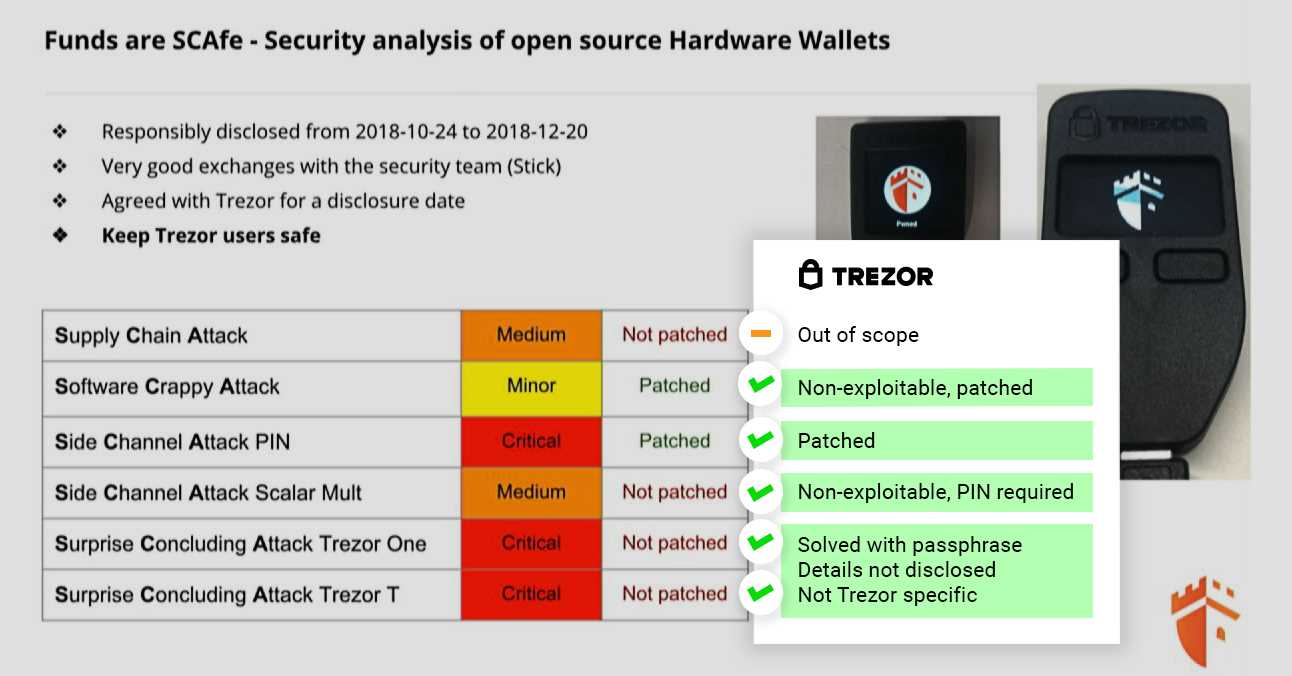
A man-in-the-middle (MitM) attack is a type of cyber attack where an attacker intercepts and potentially alters communication between two parties without their knowledge or consent. In the context of the Trezor hardware wallet, a MitM attack could compromise the security of the device and potentially allow an attacker to steal the user’s cryptocurrency.
One potential attack vector for a MitM attack on the Trezor hardware wallet is through compromised firmware. If an attacker is able to compromise the firmware of the device, they can insert malicious code that intercepts and alters the communication between the wallet and the user’s computer or mobile device. This could allow the attacker to manipulate the transaction details, such as the recipient address, and redirect the funds to their own account.
Another potential attack vector is through compromised or malicious software on the user’s computer or mobile device. If an attacker is able to compromise the software that interacts with the Trezor hardware wallet, they can manipulate the communication between the wallet and the software. This could allow the attacker to modify transaction details or obtain the user’s private keys.
To protect against MitM attacks, it is important to ensure that the firmware and software used with the Trezor hardware wallet are from trusted sources and are regularly updated. It is also recommended to only use the device with trusted and secure networks, such as a secured home Wi-Fi network rather than public Wi-Fi networks.
| PROTECTION MEASURES |
|---|
| Use trusted sources and regularly update firmware and software. |
| Avoid using the Trezor hardware wallet on untrusted networks. |
| Verify the integrity of the Trezor firmware and software before use. |
| Enable additional security measures, such as passphrase protection, to further protect against MitM attacks. |
By taking these precautions, users can reduce the risk of falling victim to a man-in-the-middle attack and help ensure the security of their cryptocurrency stored on the Trezor hardware wallet.
FAQ:
What are the weaknesses of the Trezor hardware wallet?
The weaknesses of the Trezor hardware wallet include the potential vulnerability to physical tampering, the reliance on a centralized server for updates, and the potential for supply chain attacks.
Can the Trezor hardware wallet be physically tampered with?
Yes, the Trezor hardware wallet can be physically tampered with, as it is not resistant to physical attacks. An attacker with physical access to the device may be able to extract the device’s private keys or install malicious firmware.
What is a supply chain attack?
A supply chain attack is when a malicious actor interferes with the manufacturing or distribution process of a product to insert vulnerabilities or backdoors. In the case of the Trezor hardware wallet, a supply chain attack could involve tampering with the device during production to compromise its security.
Is the Trezor hardware wallet completely secure?
No, the Trezor hardware wallet is not completely secure. While it provides a high level of security compared to other wallet options, it still has weaknesses that could be exploited by determined attackers. It’s important to follow best practices and take additional security measures to minimize the risk of compromise.
